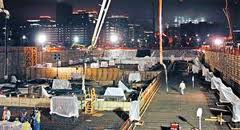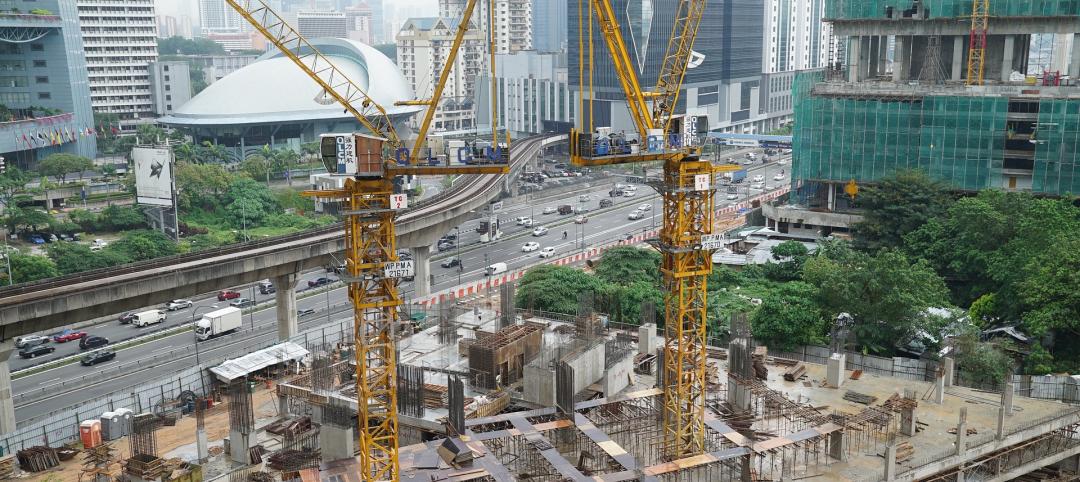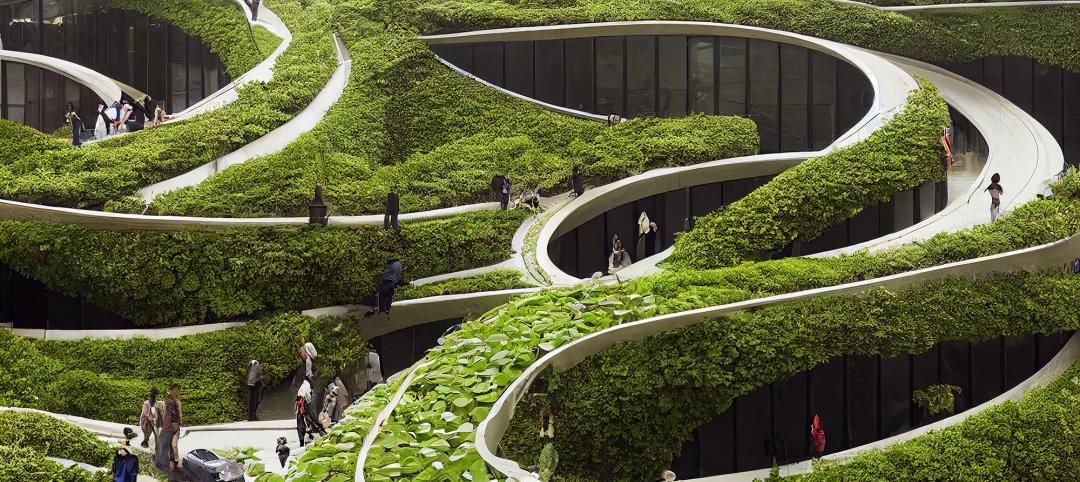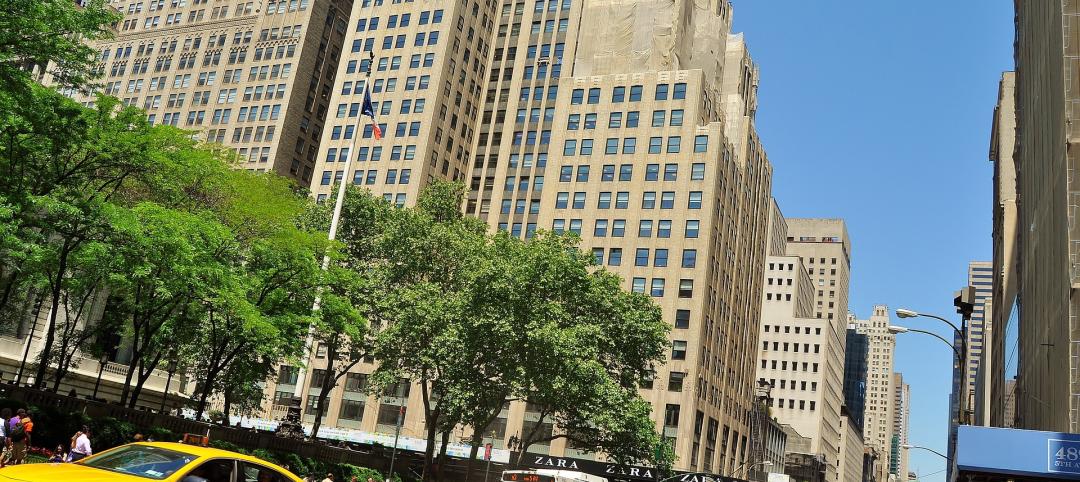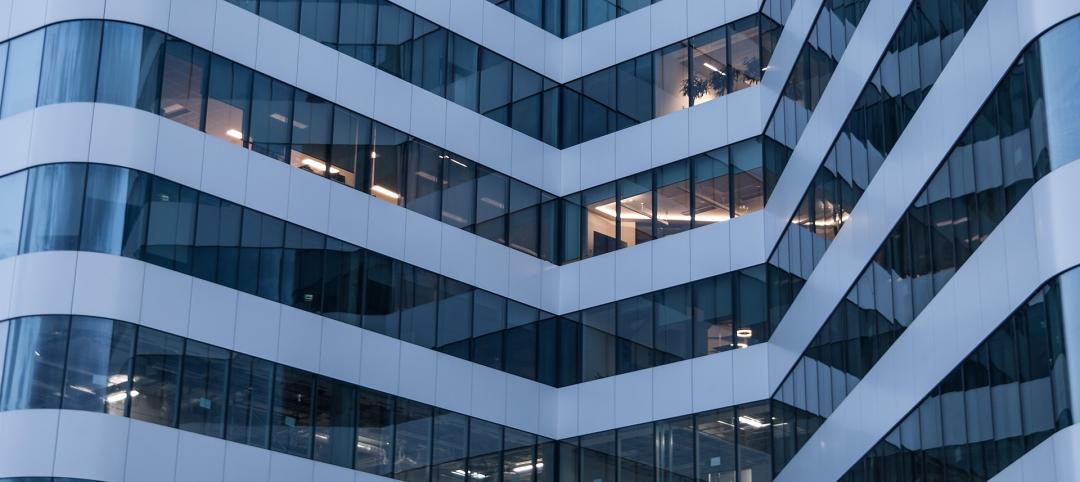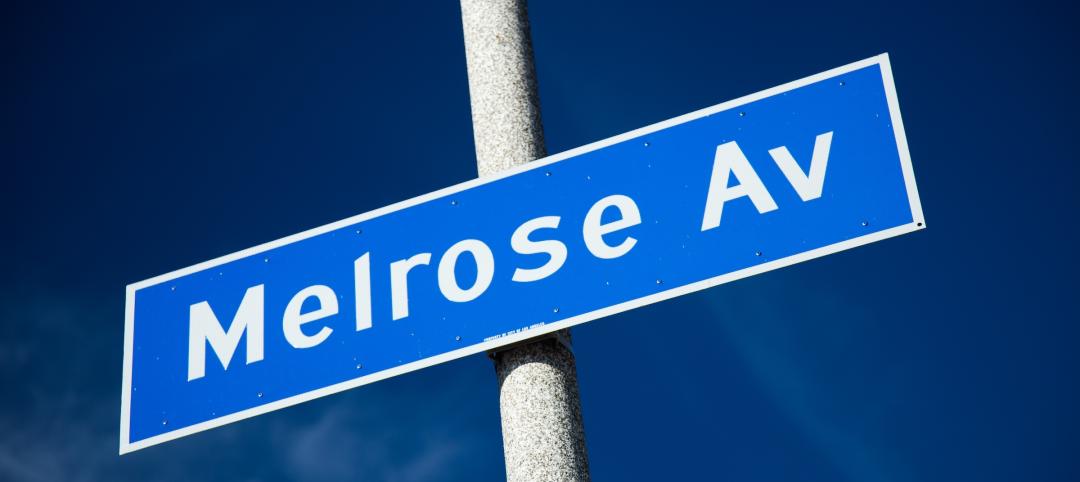FMI, the largest provider of management consulting and investment banking to the engineering and construction industry, announces the release of the Construction Outlook: Third Quarter 2011 Report.
Overall, in FMI’s latest forecast for construction put in place calls for 2% growth in 2011 and 6% for 2012 to $886.2 billion in total construction. In today’s economy that sounds like ambitious growth, but in constant 2006 dollars, that is only 3% growth for 2012 and a 1% drop in construction for 2011. To put it in perspective, in 2012 we will nearly return to 2003 levels of construction in current dollars.
Despite geo-political upheavals and constant debates about debt levels in the U.S. and Europe, budget brinksmanship in Congress, as well as a rash of natural disasters, construction markets are inching along. U.S. GDP is slow at 1.3%, but positive. Some of the unemployment problem is due to increased productivity in manufacturing and other service businesses, but, so far, there doesn’t seem to be much innovation and investment in new markets and jobs. Both consumers and businesses are rebuilding their savings and confidence in the economy, but that is a slow process with numerous setbacks. It seems that the largest barrier to moving the economy forward is fear that no one has a plan that will work. After the go-go years of high finance and exuberant housing markets, we now have high-risk aversion, and not without good reasons.
In the midst of these extremes, the inchworm economy is struggling along, and it will take some time to revive an industry the size of U.S. construction. There are positive signs to build on, for instance, if businesses with record profits now held in reserve decide that they can make more with their money by investing in new R&D, plants, equipment and personnel, then a new construction boom could follow. On the other hand, as economists like to say, if fear and risk aversion win out, those looking for a second dip of recession could find their wishes come true.
Hard-hit residential markets will start to improve, especially multi-family construction, which is becoming more desirable as banks continue to tighten financing requirements and homeowners are still reeling from the fears of foreclosure. Lodging, office and commercial construction will continue to struggle until more Americans have good jobs. BD+C
Related Stories
Cultural Facilities | Aug 21, 2024
Baltimore’s National Aquarium opens 10,000-sf floating wetland that mimics the harbor’s original tidal marsh habitat
The National Aquarium in Baltimore has opened the National Aquarium Harbor Wetland, a 10,000-sf floating wetland that mimics the Inner Harbor’s original Chesapeake Bay tidal marsh habitat. Located between Piers 3 and 4 on Baltimore’s Inner Harbor, the $14 million project features more than 32,000 native shrubs and marsh grasses.
Mixed-Use | Aug 21, 2024
Adaptive reuse of a Sears store becomes luxury mixed-use housing
6 Corners Lofts at 4714 W Irving Park Road, Chicago, Ill., opened in March of 2024 as a 394,000-sf adaptive reuse project born out of a former Sears store.
Building Materials | Aug 19, 2024
Federal 'buy clean' construction materials label program unveiled
The U.S. Environmental Protection Agency announced a plan for implementing a new label program to boost American production of more climate-friendly construction materials and products. The label program will prioritize steel, glass, asphalt and concrete.
Museums | Aug 19, 2024
The Tampa Museum of Art will soon undergo a $110 million expansion
In Tampa, Fla., the Tampa Museum of Art will soon undergo a 77,904-sf Centennial Expansion project. The museum plans to reach its $110 million fundraising goal by late 2024 or early 2025 and then break ground. Designed by Weiss/Manfredi, and with construction manager The Beck Group, the expansion will redefine the museum’s surrounding site.
AEC Tech | Aug 19, 2024
Harnessing AI to revolutionize architectural design and creativity
Architects are wondering if AI will replace us. For Vessel, the gains offset the fear. We believe there is wisdom in the unattributed quote, “You won’t lose your job to AI. You will lose your job to someone using AI.”
Reconstruction & Renovation | Aug 19, 2024
Movement to protect historic buildings raises sharp criticism
While the movement to preserve historic buildings has widespread support, it also has some sharp critics with well-funded opposition groups springing up in recent years. Some opponents are linked to the Stand Together Foundation, founded and bankrolled by the Koch family’s conservative philanthropic organization, according to a column in Governing magazine.
Government Buildings | Aug 19, 2024
GSA posts new RFI for enabling energy efficiency, decarbonization in commercial buildings
The U.S. General Services Administration (GSA), in collaboration with the U.S. Department of Energy, recently released a new Request For Information (RFI) focused on enabling energy efficiency and decarbonization in commercial buildings. GSA wants to test innovative technologies through GSA’s Center for Emerging Building Technologies.
MFPRO+ New Projects | Aug 16, 2024
At 60 stories, the Paramount multifamily development will stand as Nashville’s tallest high rise
When complete, the 60-story Paramount building, at 750 feet high, will be the tallest high rise tower in Nashville, Tenn., surpassing the city’s current record holder, the 617-foot AT&T Building. The $390 million Paramount project recently launched condo sales after securing more than $230 million in construction financing.
Urban Planning | Aug 15, 2024
New York City begins first large-scale porous pavement installation
New York City is installing its first large-scale porous pavement installation along seven miles of roadway in Brooklyn. The project will keep 35 million gallons of stormwater out of the combined sewer system each year, according to a news release.
Urban Planning | Aug 15, 2024
The magic of L.A.’s Melrose Mile
Great streets are generally not initially curated or willed into being. Rather, they emerge organically from unintentional synergies of commercial, business, cultural and economic drivers. L.A.’s Melrose Avenue is a prime example.


